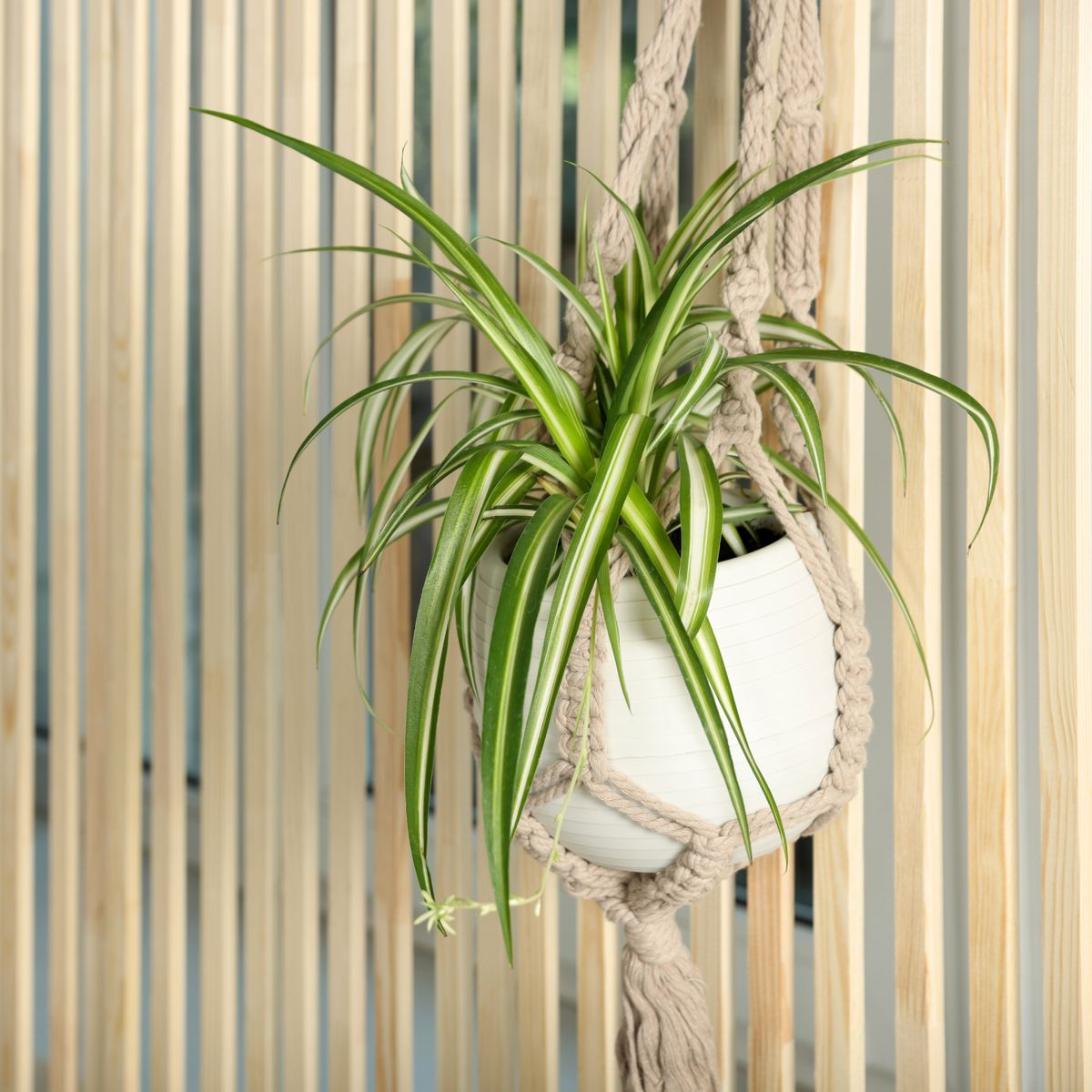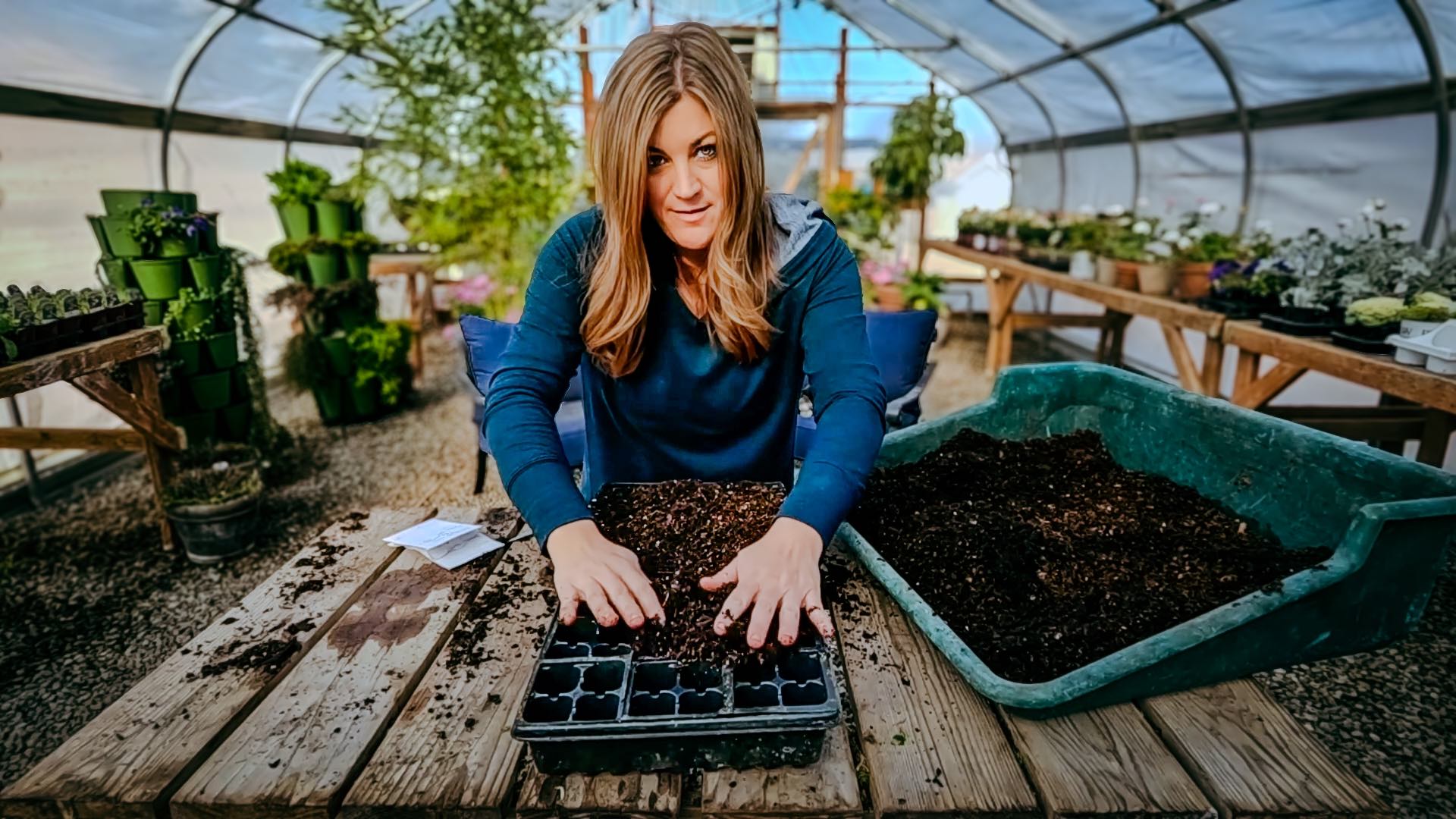[ad_1]
Pollinators, bees, habitat diversity—by now you are no stranger to these common buzz terms used in gardening circles and beyond. It is no secret that bees are a keystone species of our ecosystems (and food systems) and that their decline will lead to globally catastrophic outcomes. But beyond their global importance, bees are incredible creatures that foster wonder and beauty in even the tiniest of gardens. Thankfully, the heightened awareness has resulted in more people taking an active interest in supporting bees and other pollinators—something that not only benefits the planet but also you and your very own backyard with increased plant productivity and an amazing front-row view of nature in action.
No sting and easy-peasy? Yes, please
There are many pollinators that help with plant reproduction, from butterflies to birds to bats, but bees do the lion’s share of nature’s pollination work, which ultimately leads to fruit, vegetable, nut, and seed production. Obviously bees are everywhere in nature, but as farmers and habitat conservationists can attest, hosting them in your landscape increases your garden’s bounty.
When it comes to hosting bees, honeybees (Apis mellifera) are always the first to come to mind. Brought to North America by way of Europe in the early 1600s, honeybees get most of the bee-loving glory due to their golden sweet commodity paired with their pollinating prowess. However, hosting these colonizing bees is laborious and expensive (not to mention they don’t like having people around—they sting!). If you would like to increase your garden’s summertime productivity by hosting bees with no fuss, great expense, or stinging, look no further than the leafcutter bee (Megachile rotundata).

Like honeybees, leafcutter bees have European origins. They were brought to North America in the 1930s and have now served as the alfalfa farmer’s unsung super pollinator hero for nearly 100 years. These bees are a solitary (noncolonizing) species and stick close to home (within 300 feet of their nest). They like alfalfa and similar perennials, but when there is no alfalfa around they are content to carry out their work by using other plant flowers found within their home vicinity. They have no queen and do not live within a colonized social structure in a hive; because of this, these gentle solitary hole-nesting bees are not bothered by the presence of people. Leafcutter bees are also fascinating and beautiful to watch as they pollinate flowers and build their nests, making them a joyful connection with nature for the whole family.

Plants, house, and bees are all you need
Leafcutter bees emerge and are most active when the average daytime temperature is consistently 75°F or above. This means gardeners from Maine to Texas can host them in their gardens as long as they have plants that will also be flowering at that time. Even gardeners in Alaska can host leafcutter bees. Planting a mix of summer-blooming ornamentals and edibles keeps the bees busy and happy, yielding a beautiful and bountiful display and harvest. These bees will visit edible plants like tomatoes, squash, melons, cucumbers, and peppers, along with flowering ornamental herbs like thyme (Thymus spp. and cvs., USDA Hardiness Zones 4–9), hyssop (Agastache spp. and cvs., Zones 5–11), lavender (Lavendula spp. and cvs., Zones 4–10), and sage (Salvia spp. and cvs., Zones 3–11). They are also particularly fond of roses (Rosa spp. and cvs., Zones 2–11).

Getting the bees to set up shop in your garden is simple, thanks to experts like David and Layne Kushniruk, a Canadian-based husband-and-wife team and founders of Kind Bee Farms, who are dedicated to helping bring more pollinators into the environment. Kind Bee Farms offers leafcutter bee kits for home gardeners. Each starter kit comes with a bee house, bee cocoons, and easy-to-follow instructions. As with leafcutter bees used by North American farmers, these bees are sourced in Canada to provide healthy broods that are not afflicted with diseases that can occur farther south. With 30 years of beekeeping experience, David and Layne have carefully designed a nesting setup with smooth-sided, optimally sized paper tubes that are preferred by these little bees—to make each home gardener bee house a buzzing success.
 |
 |
Bee House Basics—How It Works


The lifespan of a leafcutter bee after hatching is sex dependent—females live for approximately 60 days, while males only live for about a couple of weeks. (Fun fact: You can tell the difference between a male and female by their eye color. Male eyes are green, and female eyes are black.) Once hatched, bees mate quickly, and the females get to work building their nest and laying eggs. They build their nest within a tunnel, carefully packing it with leaf material and egg nourishment (flower pollen and nectar) as they lay each egg to form baby cocoons. The females engage in this process for two months, robustly pollinating your garden along the way.
Supporting this life-cycle process and hosting leafcutter bees in your garden could not be easier with the Kind Bee Farms starter kit. It takes one to six weeks for the bee cocoons to hatch, depending on the temperature (the hotter it is, the faster they hatch). Keep this in mind when choosing the arrival time of your kit order.
When your kit arrives, follow these steps:
1) Find the perfect spot for your bee house
For these short-distance fliers, choose a location for your bee house within 300 feet of the flowering plants you want to be pollinated—and where you can also enjoy viewing their nest-building activities. Place the house waist-high or higher (but not too high—these are low-flying bees), where it won’t be knocked over by house pets or ground critters. The bees love morning sun best, so avoid facing the house west if it will get blasted by afternoon sun. And put your bee house out of range of sprinkler spray. The house is designed to keep the bees and nest reasonably dry during rainfall, but the bees do not do well with taking a direct hit of water. Mount the house securely so it is not swayed by the wind. It is best not to move your bee house—if possible, keep it in the same location so the bees know where to go.
2) Let your bees warm up, hatch, and mate

To incubate your leafcutter bee cocoons, place their box in a warm dry place indoors or outside (in the bee loft above the nesting tubes in your bee house). Kind Bee cocoon boxes are designed with a viewing window so that you can experience watching the bees as they start to hatch if you choose to incubate them indoors (remove the lid when incubating outdoors). After the one-to-six-week incubation period, hatching will begin and the bees will mate right away (within a few seconds).
3) Watch them build new cocoons and pollinate your garden
After mating, the female leafcutter bees are off to work with a mission to prepare for their babies. Your only job is to sit back and enjoy the show as these supercharged pollinators buzz about your garden, collecting pieces of leaves, flower nectar, and pollen—an amazing sight to behold right in your own backyard.
At the end of your warm summer season, put both the cocoon box and the tube nesting box in your recycling or compost bin. Why do this? Good question! Moisture and other weather conditions can create bacteria and mold, which cause disease. To prevent the risk and spread of disease, start each season with a new replacement nesting tube box and bee cocoon box—which are also available from Kind Bee Farms.
Mixing Beauty and Bounty for Maximum Impact
To get a high yield from your vegetable garden, intermingle a succession of summertime blooming ornamentals with or at least near your edible plants. This keeps your bees happy and garden going strong by providing nectar and pollen sources as your edible plants come in and out of bloom. For leafcutter bees, choose bee-friendly bloomers that flower during your high-temperature months of summer when your leafcutters will be active. Here are some great summer-flowering plants to consider including in your mix:
- Hyssop (Agastache and cvs., Zones 5–11)
- Butterfly weed (Asclepias and cvs., Zones 3–9)
- False aster (Boltonia asteroides and cvs., Zones 4–9)
- Coneflowers (Echinacea and cvs., Zones 3–9)
- Joe Pye weed (Eutrochium and cvs., Zones 4–8)
- Sunflower (Helianthus and cvs., Zones 3–11)
- Lavender (Lavendula and cvs., Zones 4–10)
- Blazing star (Liatris and cvs., Zones 3–9)
- Bee balm (Monarda and cvs., Zones 4–9)
- Roses (Rosa and cvs., Zones 2–11)
- Sage (Salvia and cvs., Zones 3–11)
- Goldenrod (Solidago and cvs., Zones 3–9)
- Aster (Symphyotrichum and cvs., Zones 4–8)
- Thyme (Thymus and cvs., Zones 4–9)
- Nasturtium (Tropaeolum and cvs., annual)
- Verbena (Verbena and cvs., Zones 4–11)
- Zinnia (Zinnia and cvs., annual)
—Jennifer Benner is a horticulturist and writer in northwest Connecticut.
Get our latest tips, how-to articles, and instructional videos sent to your inbox.
[ad_2]
Source link








 + Planting String of Watermelon Succulents
+ Planting String of Watermelon Succulents  with Garden Answer
with Garden Answer

